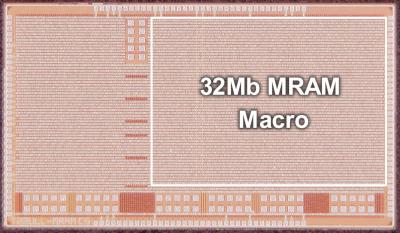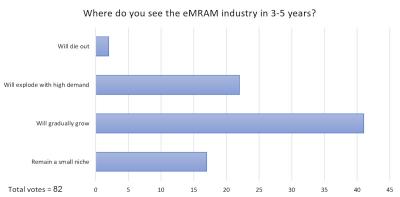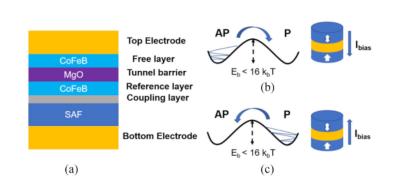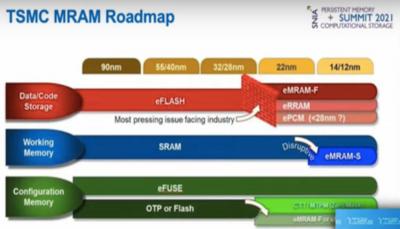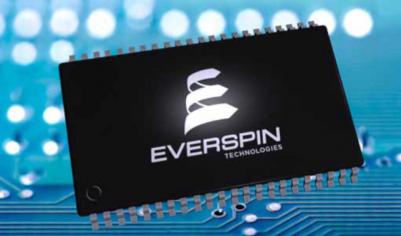Tiempro Secure's Secure Element succesfully implemented in GlobalFroundries 22-nm process with MRAM memory
France-based Tiempro Secure announced that its TESIC RISC-V Secure Element was implemented in GlobalFoundries’ 22-nm platform with embedded MRAM, after a rigorous characterization process.
Tiempo Secure says it leveraged its long-standing know-how in Secure IP, to adapt its TESIC design to the 22FDX technology process node. The TESIC platform has a secure architecture based on a RISC-V CPU core, several memory types (including ROM, RAM, Cache, Crypto-RAM, and MRAM), random number generators, security sensors, and secure crypto-accelerators. This provides a pre-silicon certified IP solution on GF’s 22FDX to SoC manufacturers who require a high-end Secure Element.


